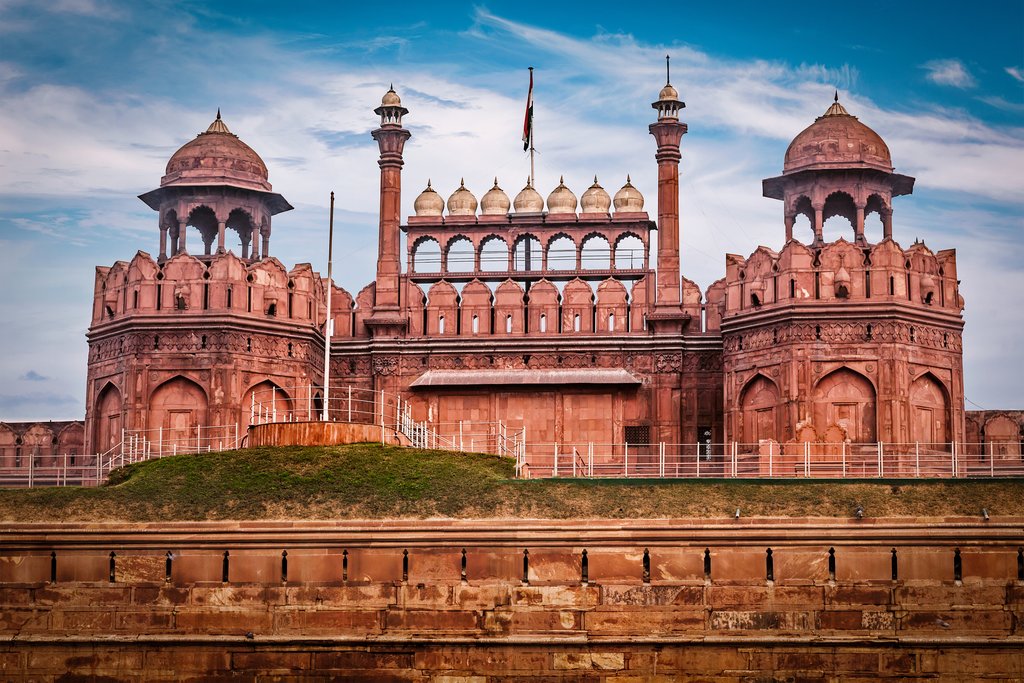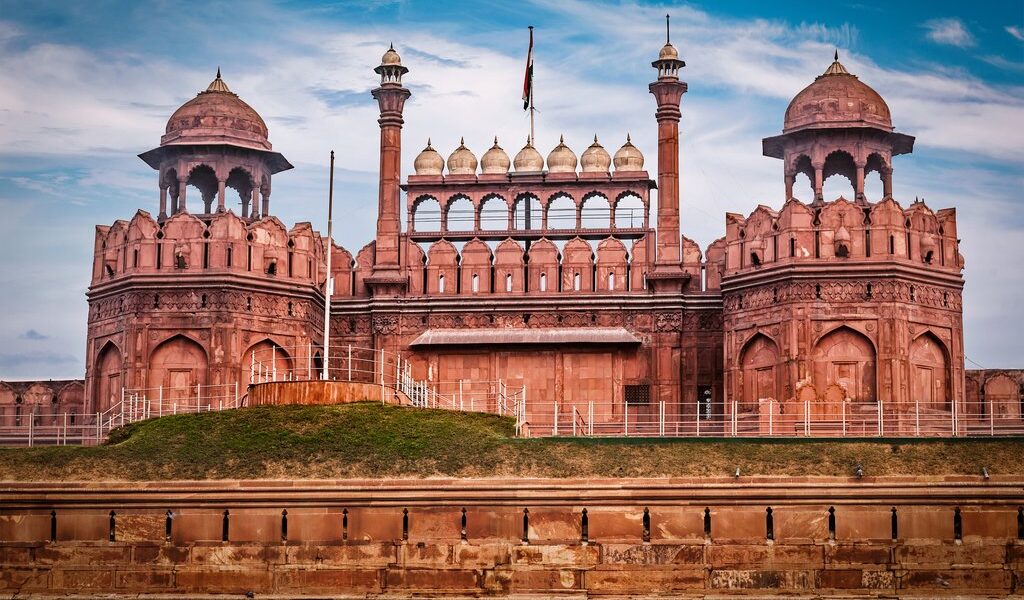
In February, winter in India is nearing its end. Most of the country is reasonably cool and dry at this time. While the weather is pleasant in February, there are fewer visitors than in December and January, making this a good month to beat the crowds.
## India in February: A Comprehensive Travel Guide
February in India presents a captivating blend of pleasant weather, diminishing crowds, and vibrant cultural experiences, making it an ideal time for exploration. From the majestic peaks of the Himalaya to the sun-kissed shores of South India, the diverse landscape offers something for every traveler. Let’s delve into the details of what you can expect and how to make the most of your Indian adventure in February.
### Decoding the Weather Across India
The weather in North India in February is generally characterized by a comfortable warmth. It’s a welcome change from the colder months, offering ideal conditions for sightseeing and outdoor activities. Meanwhile, South India embraces a hotter climate, with temperatures steadily rising. If you’re planning on venturing into the Himalaya, February marks a transition period. The weather is gradually warming up, making trekking conditions more favorable and accessible than the preceding winter months. For instance, in Dharamshala, a popular destination in the Himalayan foothills, temperatures typically range from a refreshing 48°F to a pleasant 73°F, creating an inviting atmosphere for exploration.
In Delhi, February brings moderate temperatures, typically fluctuating between 75°F and 52°F. A significant advantage of visiting Delhi during this month is the receding haze and fog that often linger over the city during the peak winter season. The clearer skies provide better visibility and enhance the overall experience of exploring Delhi’s historical sites and bustling markets. This is a particularly advantageous time to embark on a tour of India’s renowned Golden Triangle, encompassing Delhi, Agra, and Jaipur.
February also signifies a dry period in South India, with the monsoon season having concluded in both Kerala and Tamil Nadu. While the absence of rain is a definite plus, be prepared for higher temperatures, consistently reaching the 90s. These warmer conditions prevail throughout the year in these southern states, so packing accordingly is essential.
Venturing towards northwest India, Bengal starts experiencing a gradual increase in temperature throughout February. If Kolkata is on your itinerary, it’s generally recommended to visit in December or January. This avoids the hotter temperatures that begin to creep in during February and intensify in the following months, potentially making outdoor exploration less comfortable.
### Navigating Crowds and Costs
February occupies a sweet spot in India’s tourism calendar. While still a popular time to travel, it signals the beginning of the shoulder season. This means the larger crowds that characterized December and January, largely composed of travelers on holiday breaks, have begun to thin out. With fewer tourists vying for accommodation and attractions, you’re likely to encounter a more relaxed atmosphere and potentially shorter queues.
Furthermore, the moderation in tourist numbers often translates into more reasonable prices for accommodation, transportation, and tours. While you might not find the absolute lowest prices of the off-season, you can still expect to secure better deals compared to the peak season. This makes February a budget-friendly option for exploring India without sacrificing the overall experience.
### Destinations to Discover in February
With its favorable weather and improved visibility, February is an excellent month to explore the iconic landmarks of North India. Delhi’s majestic Red Fort, a UNESCO World Heritage Site, stands as a testament to India’s rich Mughal history. In Agra, the world-famous Taj Mahal, an awe-inspiring monument to love, should undoubtedly be on your list. Jaipur, known as the “Pink City,” boasts numerous magnificent buildings showcasing the region’s architectural splendor. Embarking on a comprehensive tour of the Golden Triangle (Delhi, Agra, and Jaipur) offers a captivating introduction to India’s cultural and historical heritage.
If you prefer to avoid rain, February offers an ideal window to discover Kerala and Tamil Nadu. By traveling during this month, you’ll circumvent the heavy rainfall, muddy conditions, and humid weather associated with the monsoon season. This allows you to fully appreciate the lush landscapes, serene backwaters, and stunning temples without the inconvenience of inclement weather.
Additionally, Mumbai experiences dry conditions in February, coupled with reasonable temperatures. This combination makes it an opportune time to explore the city’s diverse attractions, from historical landmarks to bustling markets.
### Unforgettable Experiences: What to Do
If you decide to explore North India in February, the possibilities for planning your itinerary are vast and varied. For those pressed for time, a focused trip encompassing the renowned attractions of Delhi and Agra can be easily achieved within a few days. However, if you have more time at your disposal, the region unfolds with a myriad of other captivating sights and experiences.
Those seeking spiritual enrichment can venture east to the sacred city of Varanasi, a prominent pilgrimage site nestled on the banks of the holy Ganges River in Uttar Pradesh. Alternatively, for a romantic escape, journey west to Rajasthan, where the enchanting white city of Udaipur beckons travelers with its majestic havelis (traditional mansions) and tranquil, crystalline lakes.
Extending your travels southward, Mumbai presents a wealth of attractions to explore. A brief ferry ride from the iconic Gateway of India will transport you to the fascinating Elephanta Caves, home to colossal stone carvings dedicated to the Hindu god Shiva. If your timing aligns, you might have the opportunity to witness the vibrant Elephanta Festival, a celebration of music and dance held annually in late January or early February. While in Mumbai, remember to indulge in the city’s acclaimed street food scene, savoring local delicacies such as bhel puri and vada pav.
### Festivals and Events in February
India is renowned for its year-round calendar of festivals, and February hosts a selection of noteworthy events. If you find yourself in Rajasthan, consider visiting Jaisalmer to partake in the vibrant Desert Festival. This cultural extravaganza showcases a multitude of local traditions, including the intricate art of turban-tying. Jaisalmer is also celebrated for its distinctive sand-colored havelis and serves as a popular starting point for camel safaris into the vast Thar Desert.
For a different cultural experience, immerse yourself in the Carnival celebrations in Goa, typically held later in February. Reflecting the state’s Portuguese colonial heritage, the Goa Carnival shares similarities with the renowned Carnival in Brazil. The festivities include lively parade floats, participants adorned in colorful costumes, and an overall celebratory atmosphere marking the period preceding Lent.
### Suggested Itineraries for February Travel
**Best of Rajasthan Tour – 10 Days:** This itinerary focuses on exploring the vibrant cities of Rajasthan, known for their rich colors and impressive architecture. Delve into the region’s history, experience its cultural heritage, and immerse yourself in the atmosphere of its majestic towns.
**Third Eye Tour of India – 14 Days:** This comprehensive itinerary combines the iconic attractions of the Golden Triangle with the spiritual sites of Dharamshala and Rishikesh. Experience a fascinating journey through India’s diverse cultural and spiritual landscape.
B-1197

